NASA Scientist Viewed First Voyager Images- What He Saw Left Him Stunned
In 1979, a NASA Scientist working on the Voyager mission was taken into a small room at California’s Institute of Technology, where he was shown some of the earliest photos of what the probe had seen.
Alan Cummings, a cosmic-ray physicist at Caltech, recently shared the experience, reminiscing on the images of moons with active volcanoes and other alien worlds—sights he’d never imagined he would ever see.
The Launch of the Voyager Craft
In 1977, NASA launched the twin spacecrafts Voyager 1 and Voyager 2 months apart at Cape Canaveral. They were employed to conduct investigations of the planets Saturn and Jupiter and were given a lifespan of 5 years.
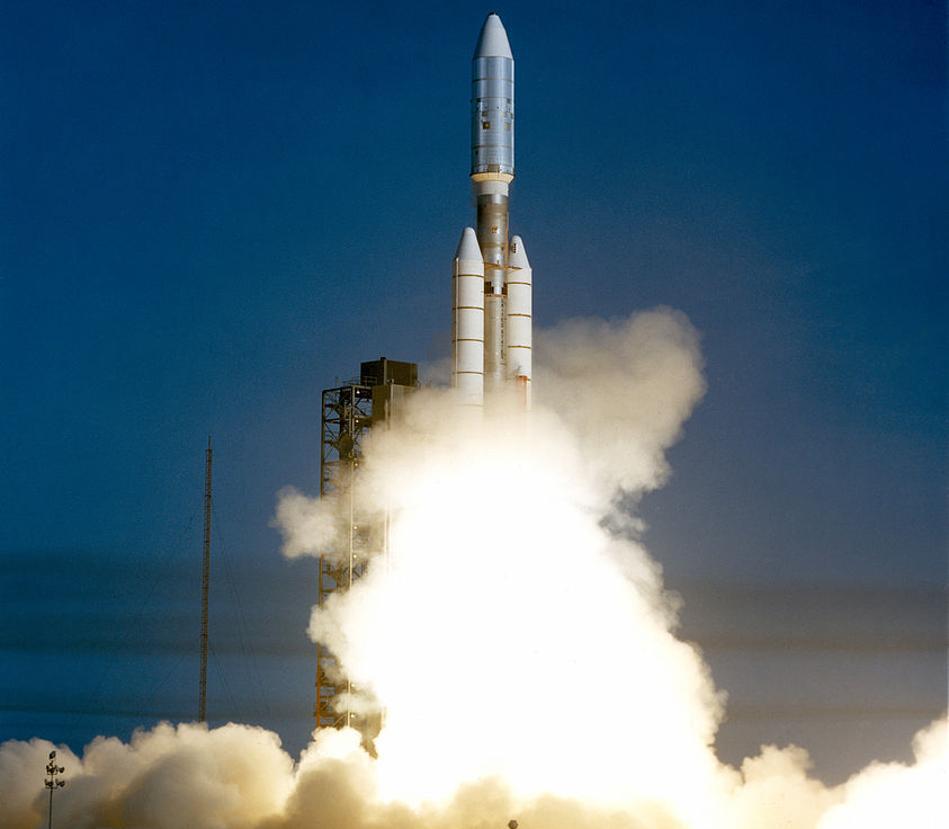
Source: Wikimedia
More than four decades later, the two probes continue their awe-inspiring journey through space, now at a staggering distance of 15 and 12 billion miles away, providing researchers with unprecedented data about the vast expanse of interstellar space.
The Achievements of the Voyager Probes
Speaking of the achievements of the Voyager missions and their journey into interstellar space, Cummings said, “These are the only spacecraft that has been there.” during an interview with Mashable.

Source: Wikimedia
Despite the occasional glitches, the dedicated Voyager engineers have consistently solved the puzzles, enabling the Voyagers to transmit valuable data and breathtaking pictures of the universe.
Cummings Observes an Alien World
Just two years after their launch, Cummings was called into a Caltech room in Pasadena, California, where he would observe several pictures sent back from the Voyager probe.
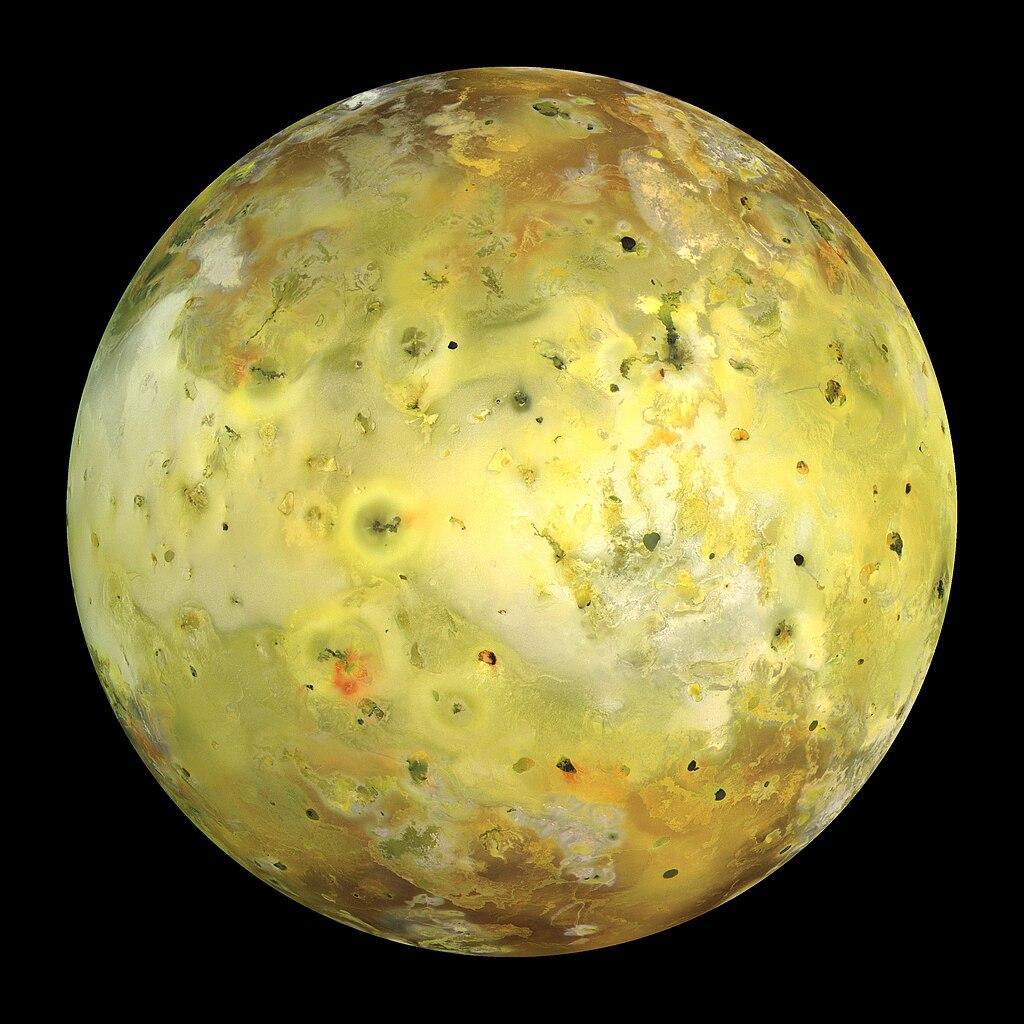
Source: Wikimedia
He first saw images of Jupiter’s moon, Io, a celestial body that claims the title of the most volcanic place in the solar system. In reference to the jaw-dropping images, Cummings said, “I thought the Caltech students had pulled a prank. But no, it was real.”
Volcanic Eruptions on Io
Speaking about the images of Jupiter’s Moon Io erupting, Cummings, who began working on the Voyager mission over five decades ago, said, “It gives me chills, even just now.”
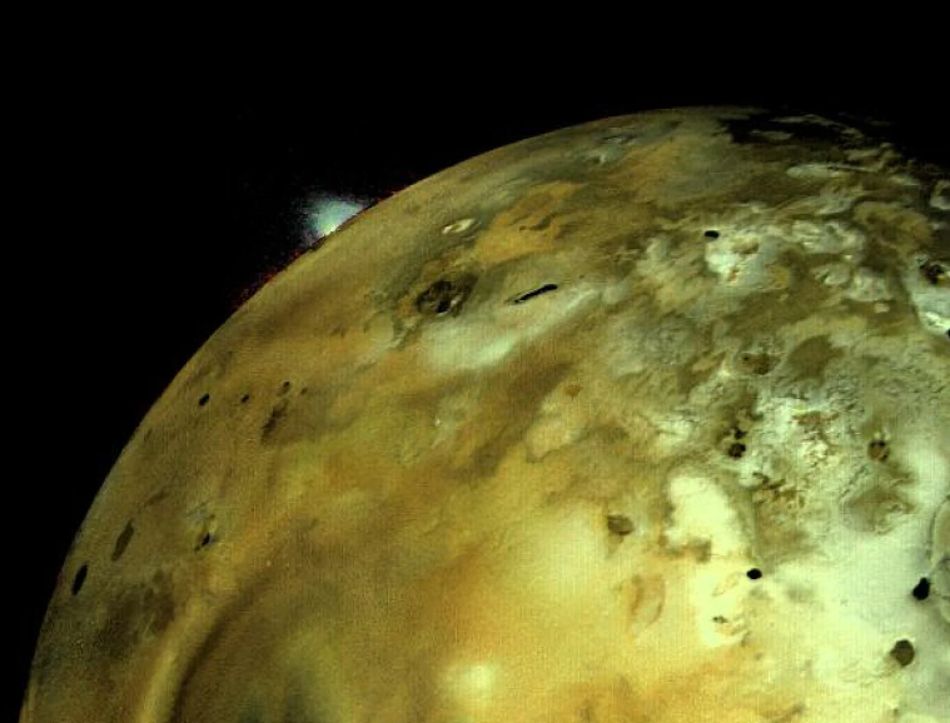
Source: Wikimedia
Cummings would have been one of the first people to observe the two simultaneous eruptions occurring on Jupiter’s moon Io, photographed by Voyager 1 in 1979. According to a NASA post on X, ash clouds rose to more than 260 km above the surface of the planet.
Voyager Missions Exceed All Expectations
The Voyager probes far exceeded NASA’s initial expectations, revealing surprising and fascinating aspects of our solar system. Reflecting on the mission, Cummings shared that while it didn’t all go according to plan in the beginning, the unexpected discoveries made it all the more exciting.
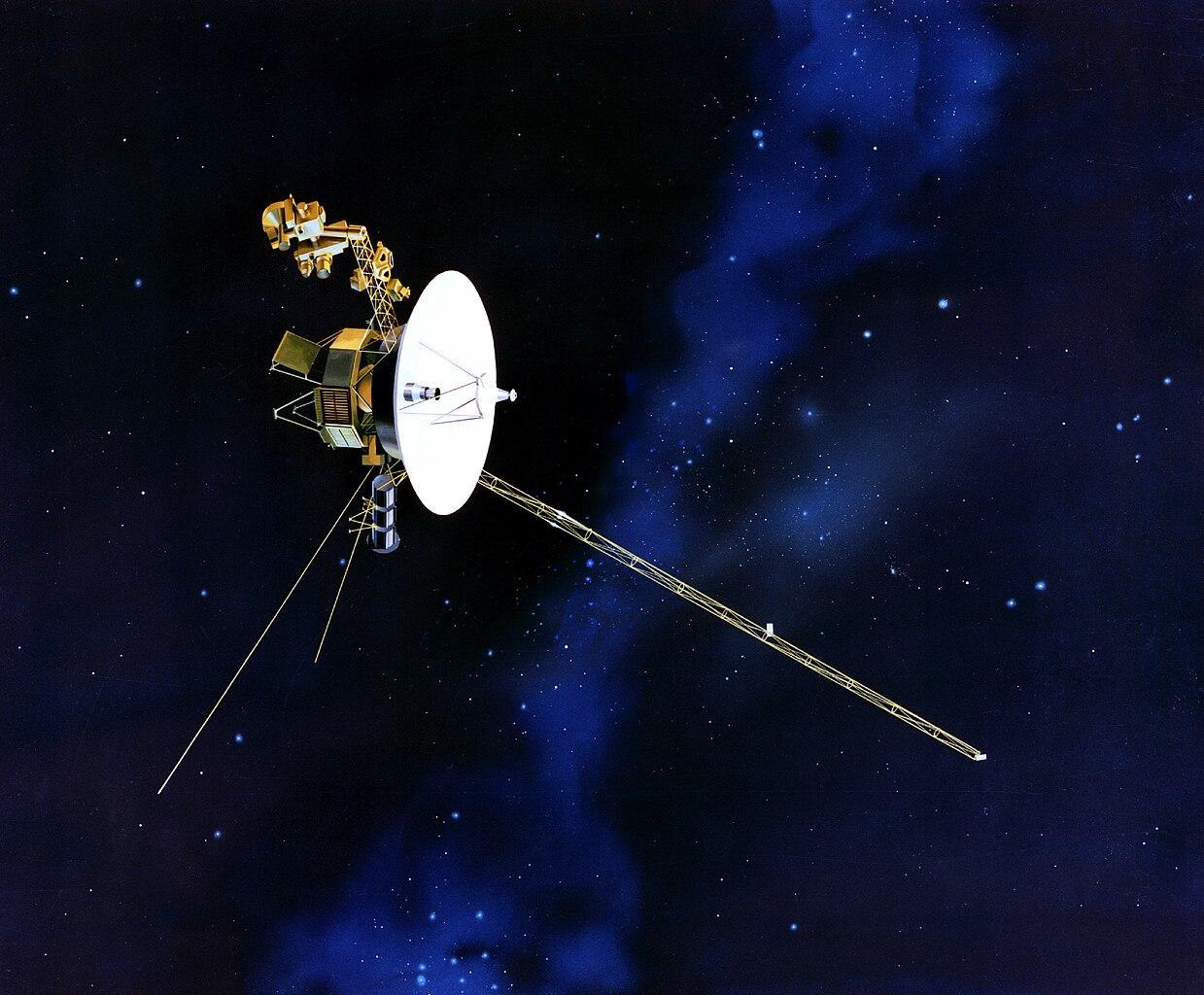
Source: Wikimedia
“The biggest problem was getting it past the launchpad,” the physicist said, referring to a number of failed launches. “A lot of us had a goal of getting to interstellar space.”
Researchers Rewarded With Stunning Photos
After launching, both craft made their way toward Jupiter, and by 1979, the researchers had begun receiving images of the gas giant. Scientists were taken aback as they observed the planet like never before.
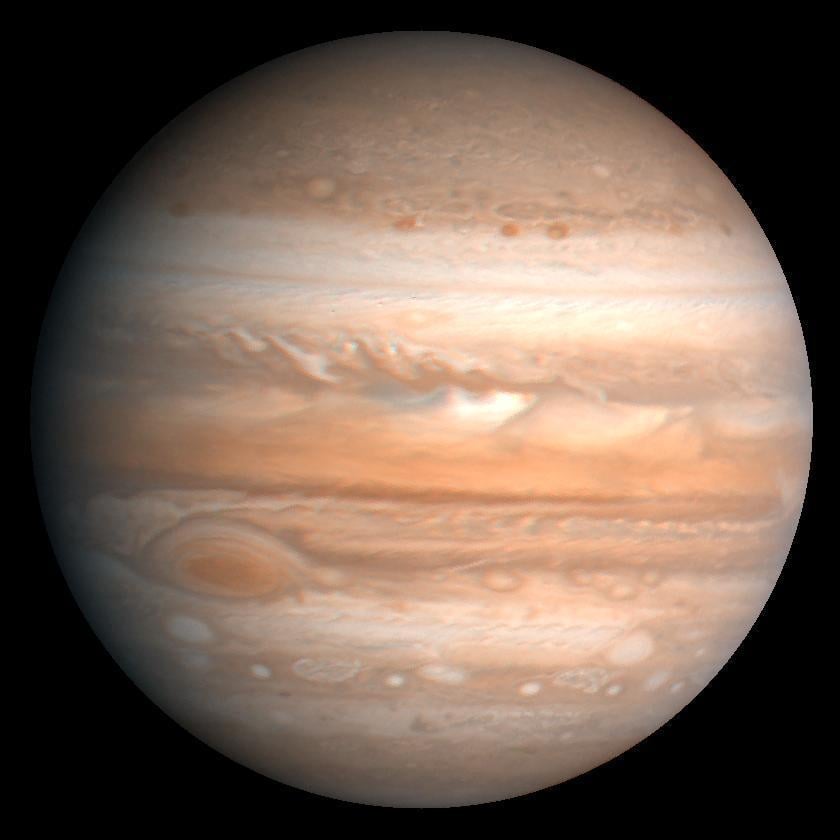
Source: Wikimedia
NASA researchers witnessed Jupiter’s vibrant cloud belts traversing the planet, its rolling atmospheres, and unimaginable storms, many of which were larger than Earth. “We were shocked and amazed,” Cummings said.
First Sight of Europa
The Voyager craft also provided researchers with many images of Jupiter’s moons. Besides Io, the mission sent back images of Europa, an ice-covered celestial body with enormous cracks running along its surface.
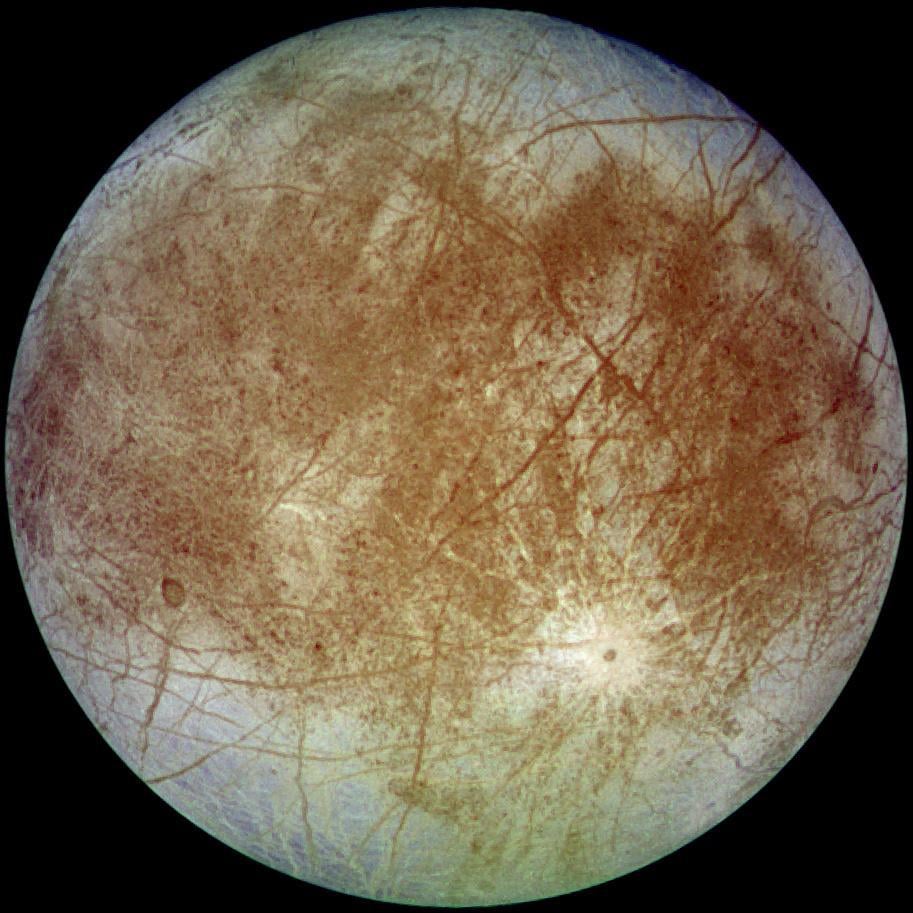
Source: Wikimedia
The early data collected by Voyager on Europa paved the way for extended research into the moon. Modern investigations suspect a salty ocean with a depth of up to 100 miles could lie beneath the moon’s icy surface.
Voyagers Head For Saturn
After sending back the first images of Jupiter and its moons, the Voyager probes ventured to Saturn. For the first time, NASA researchers have seen the rings of this majestic planet in astonishing detail.
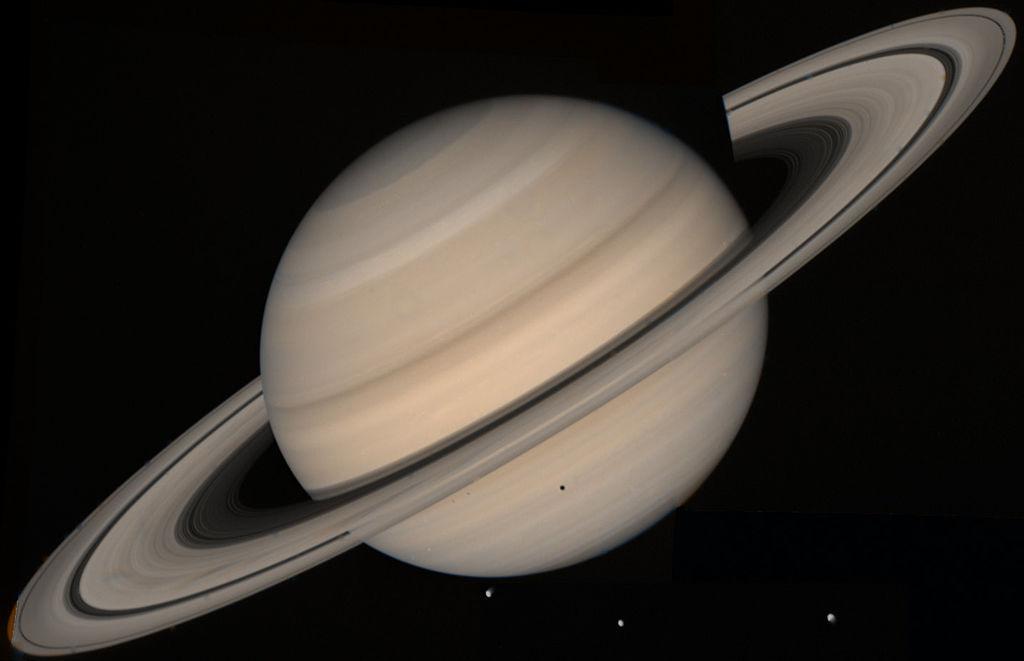
Source: Wikimedia
They were given a virtual tour of the various moons surrounding Jupiter. They even discovered that the moon Titan had a relatively thick atmosphere, which may result from seas of methane gas.
Voyager Craft Separate
After investigating what they could of Saturn, the Voyager crafts parted ways and ventured off independently. Voyager 1 planned to head into the depths of interstellar space, whereas Voyager 2 planned to travel towards Uranus and Neptune.
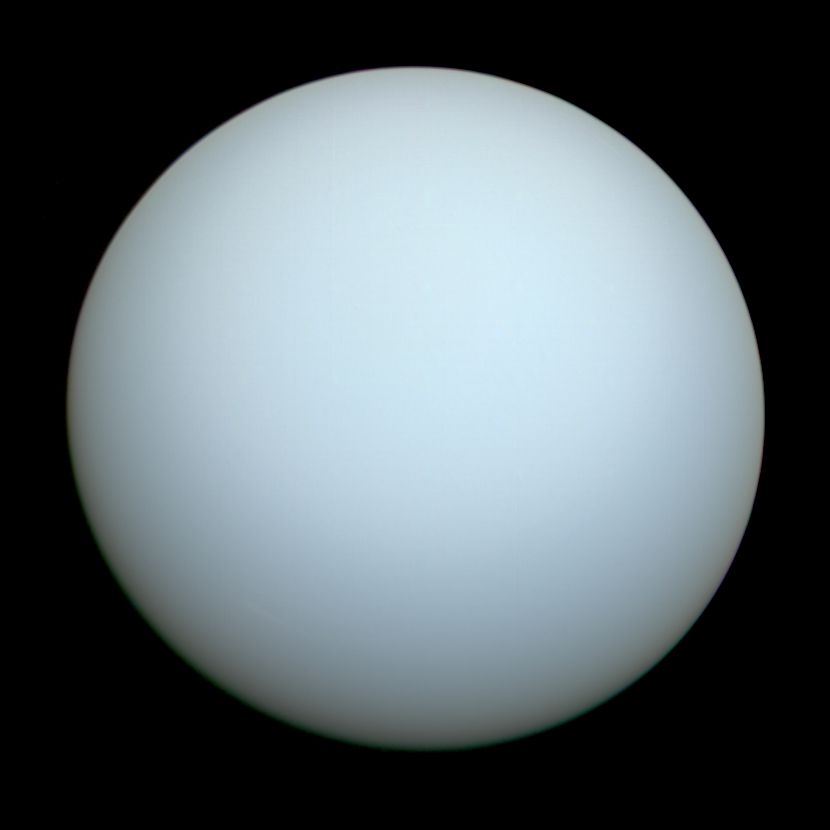
Source: Wikimedia
In another groundbreaking achievement, Cummings and his colleagues observed Urnaus’ icy surface like never before. “It looked like the Death Star,” he said, referring to the space station from Star Wars.
Voyager 2 Heads For Neptune’s Moon
Next, Voyager 2 ventured towards Neptune and spent considerable time exploring its bizarre moon, Triton. The craft detected bone-chilling temperatures of -391 degrees Fahrenheit (-235 degrees Celsius) on this frozen globe.

Source: Wikimedia
“It’s so amazing we saw all this activity on cold moons,” Cummings said.
The Accomplishments of NASA’s Voyager Craft
The Voyager mission provided NASA researchers and the world with compelling images of the solar system, significantly expanding our knowledge of the universe. The entire project was considered a landmark achievement in space exploration, and its impact continues to be felt today.
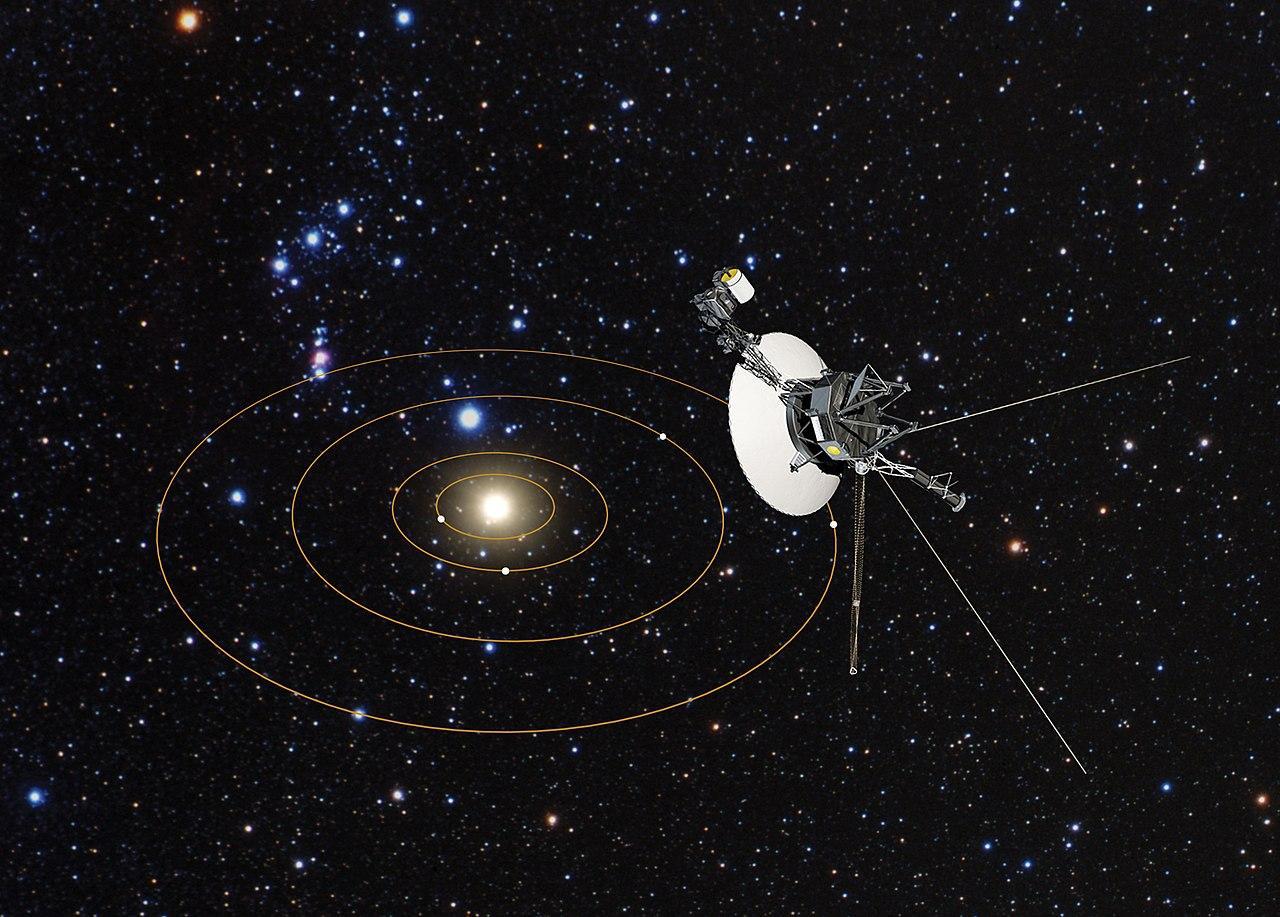
Source: Wikimedia
Despite setting off almost 50 years ago, the Voyager craft continues to explore the depths of interstellar space. They’ve ventured beyond the magnetic pull of our sun and continue to send back data that will further increase our understanding of the universe.
